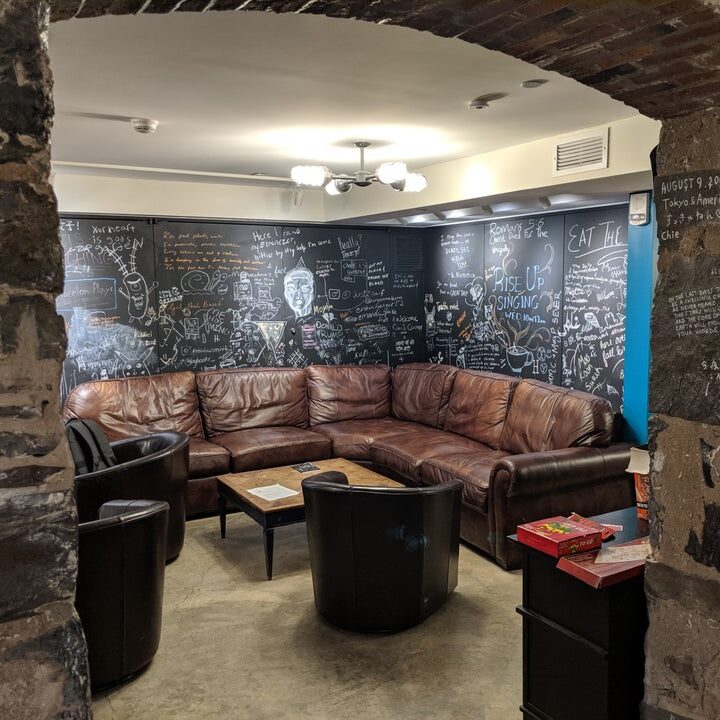Getting PSETs done over Zoom can be a combination of awkward and challenging. To assist with that task, fellow PCUR Correspondent Ryan Champeau recently wrote a post with suggestions for working on PSETs in the age of remote learning. A great tip in that article is to collaborate with friends when permitted under a course’s collaboration policy. However, given that students can’t meet in person to work on assignments anymore, I’ve found the process of checking over PSETs to be a bit more difficult than usual.
Specifically, I’m taking QCB 455, an introductory course to quantitative and computational biology in which there are four total problem sets. As a neuroscience major in a class filled with computer science majors and some graduate students, I didn’t really know many people in the course. Going over the first PSET with people I didn’t know over Zoom felt a bit strange, but I’ve since found that there are actually a few benefits to going over PSETs that are specific to the remote experience. In this post, I’ll go over the three strategies I’ve started to use when collaborating on PSETs for my classes:

- Keep the group size manageable. When going over the first PSET in my QCB class, there were probably about six or seven people on the initial Zoom call. The atmosphere was either completely silent, or everyone was struggling trying not to talk over each other. Personally, I felt quite hesitant to point out any seemingly small individual discrepancies I had with the answers we were discussing among ourselves since I didn’t want to hold up the discussion of the assignment. Ultimately, I did bring up one discrepancy in my answer and found that a few of the others agreed with me. Although it’s important to bring up questions you might have since others might have the same ones (as was the case for me), I think splitting into breakout rooms of 3 or 4 people would have been more productive. The ‘right’ size for a group of people is, however, completely dependent on the assignment to be reviewed and what works for you.
- Share your screen. Gone are the days of huddling around a single person’s laptop, waiting for their code to compute. Sharing your screen isn’t just more convenient: doing so facilitates general discussion about the assignment and the discovery of discrepancies between individuals. Going back to my QCB PSET review sessions, sharing my screen to compare my plots with others revealed that I missed a small detail in the instructions: someone pointed out, “Oh, mine looks different… Did you remember to plot the log of those values?” I would have never thought to otherwise compare the plots themselves since we had already agreed on the method and reasoning behind the computations leading up to that point, so sharing my screen helped catch a mistake I would have otherwise missed. For problem sets without any programming involved, consider sharing the steps you took to solve the problem, like the math leading to your answer.
- Explain your reasoning, even if it might seem redundant. Especially in classes in which PSETs ask for quantitative answers, I’ve found that it can be easy to get lost in finding the right answer, rather than the right understanding that leads to that answer. When I go over PSETs, I like to explain why or how I got the answer I did, even if it seems trivial: it only takes a few seconds to do so. In my experience, someone else might have come about the answer in a different way, and people with the same numerical result might even disagree about the reasoning behind that answer. The second might not always cost points on the assignment but will cost in terms of the extent to which you understand the material.
In a way, going over PSETs with new people is a lot more accessible than it once was previous to remote learning: It’s a lot easier to join a Zoom call than it is to join a group of people who all know each other for a review session somewhere on campus. That being said, reviewing PSETs over Zoom isn’t quite the same as it was in-person: in fact, it has some benefits that are worth taking advantage of. I hope that you can adapt and modify these suggestions to your coursework, just as I will continue to build on these for my QCB class this semester.
— Kamron Soldozy, Natural Sciences Correspondent

